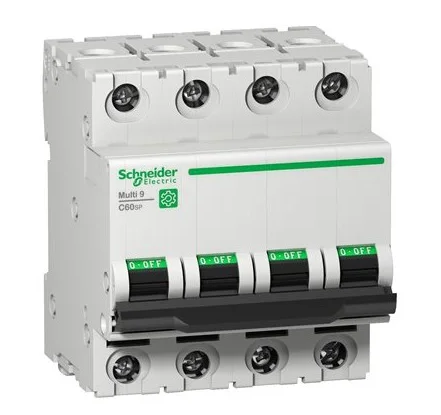IEC 60079-14 (2007) Clause 8.2 Electrical isolation, states that:
To allow work to be carried out safely, suitable means of isolation (for example isolators, fuses and links) shall be provided for each circuit or group of circuits, to include all circuit conductors including neutral.
Why do we need to isolate the neutral conductor in hazardous areas?
In TN-S systems commonly used in hazardous area installations, the transformer star-point is usually conntected to an earth rod or to the earth grid and a neutral connection is connected to the switchgear.This is also called a solidly earthed system. This is necessary to maintain a neutral potential as close to 'zero' as possible. This minimises the risk of electric shock, and ensures that the upstream earth fault protection devices clear the fault current very quickly.
In a hazardous areas, it is necessary that the neutral is completely isolated when maintenance work is required to be undertaken. If the neutral is not electrically separated and a fault occurs elsewhere in the same network then the neutral in the hazardous area could have its potential elevated sufficiently above zero to cause a spark or electric shock.
To achieve neutral isolation, a 4-pole circuit breaker or 2-pole circuit breakers are required for three phase and single phase systems respectively.
